Driving safely must always be your top priority when you’re behind the wheel of a car, of course, you would want to protect the lives of your passenger and yourself.
That said, making sure your car components and accessories harmonize together to have safer and better drive is important. Picking a trusted performance auto parts accessories supplier like Suma Performance is just as important because you’re deciding which high quality parts will work best in your car , and, in return, deciding the amount of safety you will receive as well.
And, with lockdown restrictions gradually easing in many areas, allowing more people to get back out on the road, you might be gearing up to get out for a fun backroad blast or planning a fun drive day – in other words, drivers want to get behind the wheels of their car and feel the burst and feeling that only sheer speed can bring.
If you’re feeling rusty after several months of just leaving your car keys dangling in your keychain left in the bowl, and if your car is just left in your garage waiting to see the sun again here are a few pointers on how to improve your driving skills and become a faster – and, more importantly, a safer – driver.
Make Sure To Have A Maintenance
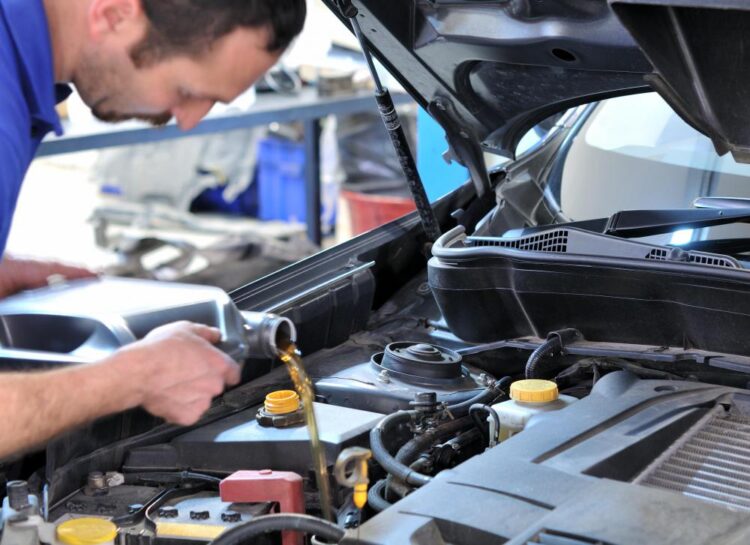
For starters, of course, you have to check your car parts and accessories if they are working in the best condition.
Car maintenance isn’t just essential for extending the life of your automobile; it’s also a key safety concern. State-mandated car inspections include a wide range of maintenance problems. If your car is hazardous, the mechanic who inspects it will tell you what you might need to do to make it safe.
However, because inspections might take a year or more, car owners should be informed of any possible safety concerns and get them fixed before they cause an accident.
Improper tire pressure is one of the most prevalent maintenance issues that might result in an accident.
Uneven pressure gauge, or pressure that is excessively high or low, can affect performance or cause a blowout, particularly in high-performance automobiles and heavier vehicles like SUVs.
You may get an inexpensive pressure gauge anywhere at an auto repair (or part) store and compare the pressure to the manufacturer guidelines. You may as well rotate your tires while you’re doing it to ensure even wear and high quality performance
The side markers of the vehicle are another important component. Side marker lights offer additional lighting at night and in low-light situations to aid other drivers and pedestrians in seeing the vehicle. So, make sure that it’s properly installed to avoid any accidents and inflicting that accident on others.
DO NOT Multitask
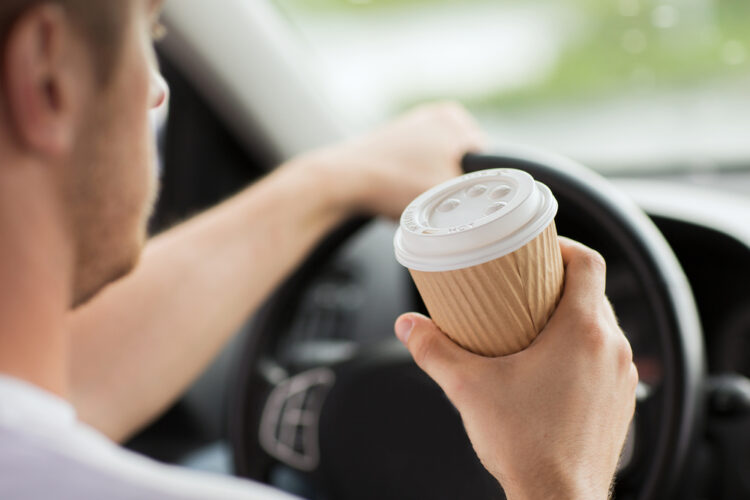
Okay, drivers feel that they can drive while doing other things! So , while driving, you may find the urge to tap and play with your phone, drink your morning coffee, fiddle with the navigation system, or even engage in deep conversations.
All of these factors increase your chance of being involved in a car accident, especially as your response time and overall eyesight decrease. When changing or typing on the navigation system, older drivers keep their eyes away from the roadway for eight seconds more than younger drivers.
There are no multitasking superheroes out there!
According to the National Highway Traffic Safety Administration, eight people are killed every day in car accidents involving a distracted driver. Make a concerted effort to concentrate more on the road and less on other drivers.
Examine Your Surroundings
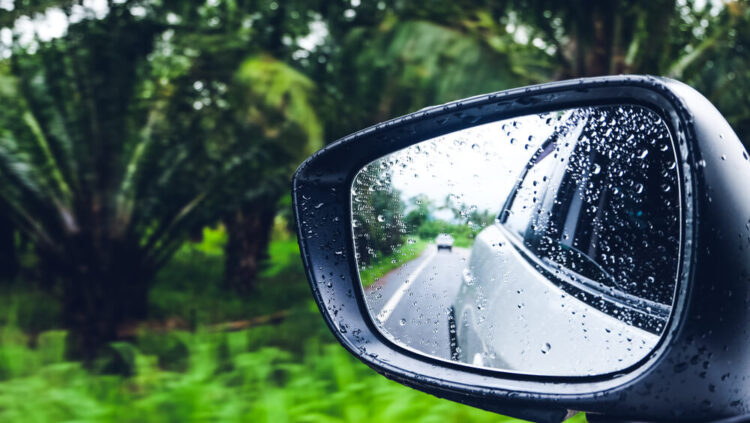
Regularly check your mirrors and examine the condition of your surroundings 15 to 30 seconds ahead of you. Keep moving your gaze. To prevent being hit by a car that is traveling aggressively, you can slow down or pull over. If the driver is going in such a risky manner that you are concerned, turn right or take the next exit if it is safe to do so. Along the road, keep an eye out for pedestrians, bikers, and animals
Do Not Rely On Other Drivers In The Road
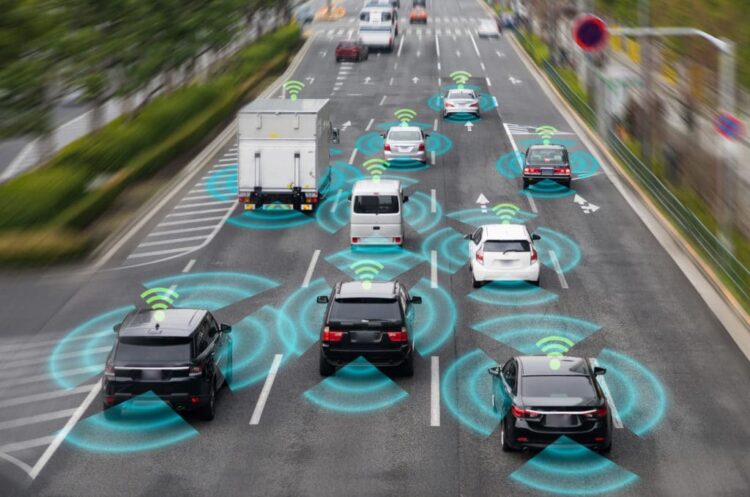
Be thoughtful of others while yet keeping an eye on yourself. Do not expect that another vehicle will move out of the way or join with you. Expect cars to blow by stop signs or redlights and be ready to respond. Prepare for the worst-case scenario by planning your movements ahead of time.
Monitor Your Speed (3- to 40 Second Rule)
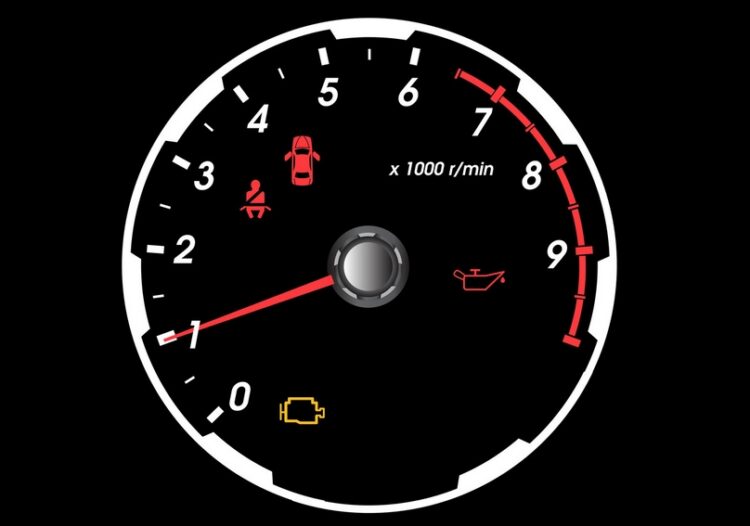
The posted speed limits are for ideal driving conditions. It is your obligation to make sure that your speed is appropriate for these conditions. Additionally, greater speeds make it more difficult to manage your car if something goes wrong. You must keep your speed under control in order to keep control of your car.
The 3- to 4-second rule can help you set and provide a secure safety margin, as well as provide you enough opportunity to brake to a stop if needed, because the biggest risk of an accident is in front of you.
However, this rule only applies in regular traffic and in good weather. When driving in adverse weather, add an extra second to your following distance for each condition, these conditions include rain, foggy surroundings, nighttime driving, or behind a huge truck or motorbike.
Have A Backup Route
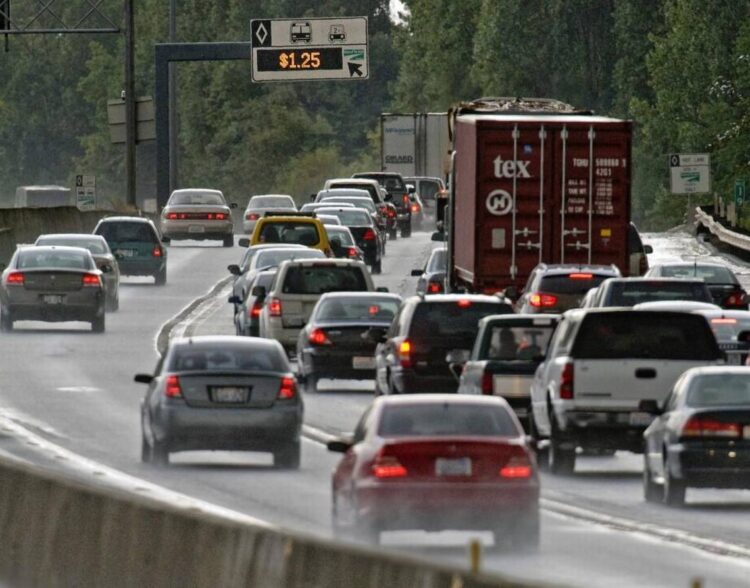
In all driving scenarios, positioning your car where you have the highest chance of seeing is the best solution to avoid possible risks. It’s also important to have a backup plan in case your main route is unexpectedly obstructed. Always provide yourself an out – a spot where you can move your car if your main route is suddenly blocked.
It’s also preferable to manage multiple risks individually when confronted with them respectively. Your objective is to avoid dealing with too many dangers and risks at once.
Be A Defensive Driver
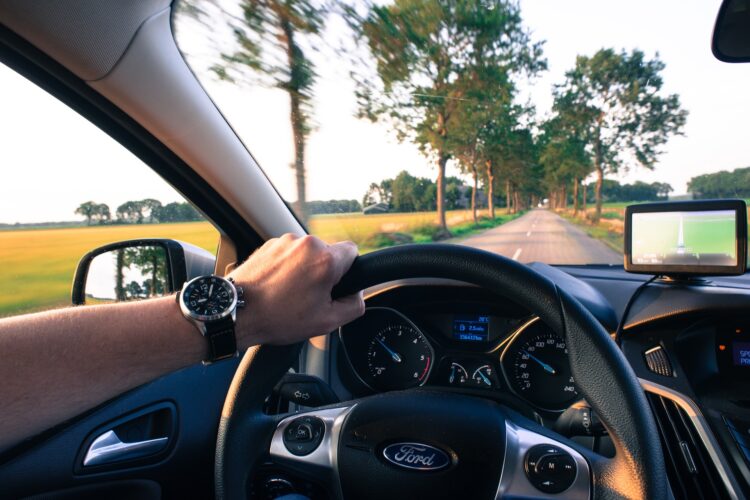
Imagine putting the metaphorical shoe on the other guys’ foot, we can grasp this tip rather easily. Remember that time when a guy cut you off out of nowhere causing you to swerve and have a HUGE accident? Yup. Don’t be like that jerk.
Although aggressive driving is difficult to validate, it does raise the likelihood of accidents. An aggressive driver often breaks the rules in this article; they may purposely annoy other drivers, start a fight, make unpleasant gestures or words, tailgate or obstruct other vehicles, or strobe their light out of anger. These actions aren’t just unpleasant; they’re also dangerous.
Defensive driving combines the other recommendations presented above, but it also emphasizes being cool in the face of stressful traffic issues.
Now be that guy.
The post How to Be a Better, Faster and Safer Car Driver appeared first on FotoLog.
from FotoLog https://ift.tt/3y9PDxI
via IFTTT


0 Comments